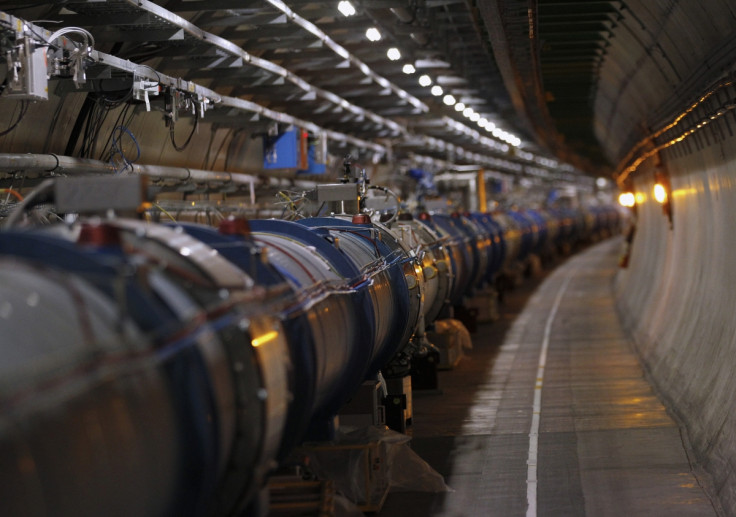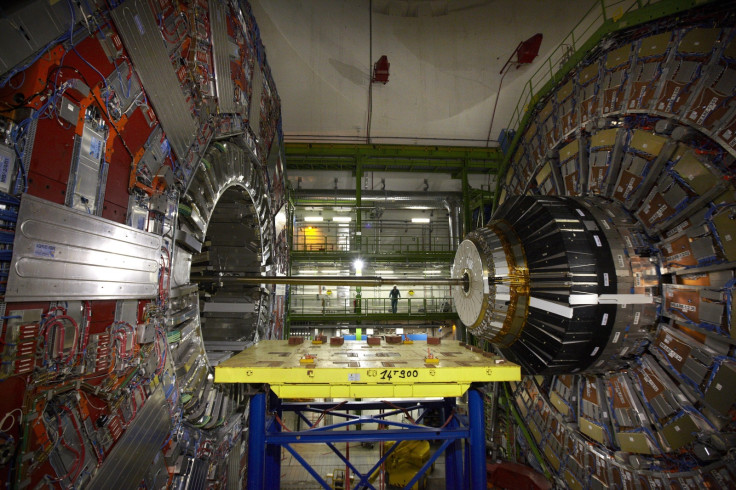China unveils plans for super-giant particle collider – the biggest and most powerful on Earth

China is set to build the biggest and most powerful particle collider on Earth, dwarfing the Large Hadron Collider at Cern. The super-giant particle collider will measure between 50 and 100km in circumference – double or quadruple that of the LHC, which measures 27km in length.
Scientists have completed the initial conceptual design of the collider. They plan to begin the first construction phase of the Circular Electron Positron Collider (CEPC) between 2020 and 2025, followed by the second phase in 2040.
Once complete, the team say the CEPC will generate millions of Higgs boson particles – providing an insight into the 'God particle' that will hopefully help answer questions about dark matter – the invisible matter that makes up most of the universe. It will have seven times the energy of the LHC, scientists say.
Wang Yifang, director of the Institute of High Energy Physics, Chinese Academy of Sciences, told China Daily: "We have completed the initial conceptual design and organised international peer review recently, and the final conceptual design will be completed by the end of 2016.
The plan for the first phase of the project was announced in February last year. At the time, Wang told Shanghai Daily: "Only by learning the nature of the Higgs particle can we possibly understand the future focus of particle physics. In the long run, it can be revamped into a large proton collider, generating seven times more energy than the LHC in operation in the European Organisation for Nuclear Research in Geneva."

The LHC has only so far spotted hundreds of Higgs boson particles, which is not enough to learn about its structure and other features. "The technical route we chose is different from LHC. While LHC smashes together protons, it generates Higgs particles together with many other particles," Wang explained.
"The proposed CEPC, however, collides electrons and positrons to create an extremely clean environment that only produces Higgs particles. The LHC is hitting its limits of energy level, it seems not possible to escalate the energy dramatically at the existing facility."
The second phase of the project involves a Super Proton-Proton Collider, which will be powered by a 100 TeV proton-proton collider. To put this into perspective, the LHC currently runs at a level of 13 TeV.
While ambitious, scientists say the plan is achievable. Nima Arkani Hamed, from the Institute for Advanced Study in the United States, said: "China brings to this entire discussion a certain level of newness. They are going to need help, but they have financial muscle and they have ambition."
© Copyright IBTimes 2024. All rights reserved.























